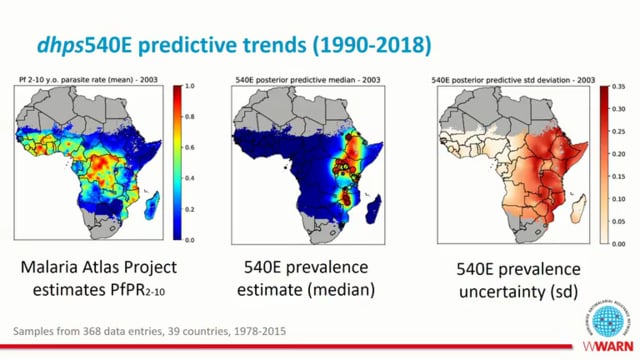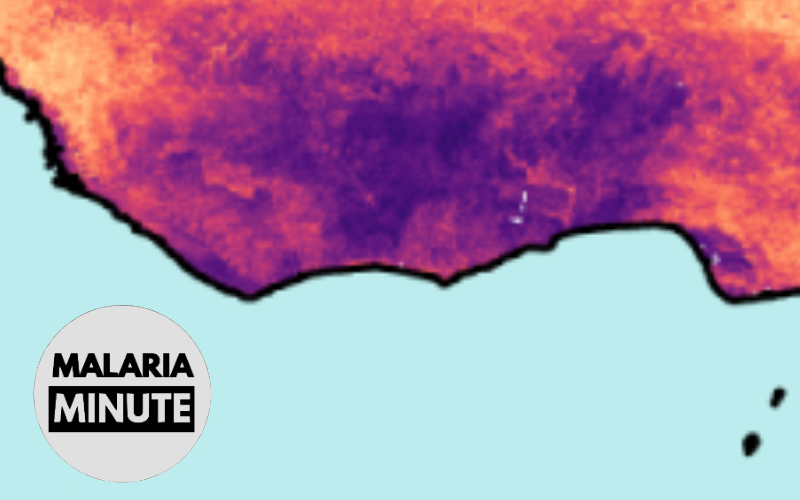ASTMH 2018, Georgina S. Humphreys: “Spatiotemporal modelling of prevalence of Plasmodium falciparum drug resistance mutations in the dhps gene across Africa, 1990 – 2015”
Collaborator(s): WorldWide Antimalarial Resistance Network (WWARN), United Kingdom
Published: 29/10/2018
In collaboration with ASTMH, Image Audiovisuals, and session presenters, MESA brings you this webcast from the 67th ASTMH annual meeting in New Orleans, October 2018
Title: “Spatiotemporal modelling of prevalence of Plasmodium falciparum drug resistance mutations in the dhps gene across Africa, 1990 – 2015“
Speaker: Georgina S. Humphreys, WorldWide Antimalarial Resistance Network, Centre for Tropical Medicine and Global Health, Nuffield Department of Medicine, University of Oxford, UK, Oxford, United Kingdom
Session information:
October 29, 2018, 10:15 AM – 12:00 PM, Marriott – Sheraton – Rodrigue Gallery (1st Floor)
Abstract:
Despite global efforts to control and prevent malaria, it remains one of the most important global public health issues. Large-scale prevention programmes include intermittent preventive treatment for pregnant women (IPTp) using sulfadoxine-pyrimethamine (SP), and Seasonal Malaria Chemoprevention (SMC) with monthly courses of amodiaquine plus SP to all children under 5 years in the high transmission season in areas of the Sahel sub-region of Africa. Molecular surveillance of mutations in the pfdhps gene can guide the assessment of the effectiveness of IPTp. This study updated previously developed geospatial maps displaying the published evidence of the prevalence of dhps540E, a marker associated with resistance to SP. To update these maps a systematic literature search was conducted to identify publications with data on dhpsK540E genotype and/or haplotype combined with other alleles from P. f pre-treatment isolates, study year and geo-position in publications up to 2017. Data were extracted from the publications and entered into a standardised relational database.
In total, we used 366 data points (42514 samples) collected between1978-2015 across 41 countries and 253 sites. The data was used in a Bayesian model based geostatistics approach to create predictive distributions of the prevalence of dhpsK540E in Africa from 1990 to 2015. These predictive maps provide predicted resistance levels in places where no data are available and give insight on the spatial and temporal spread of resistance in a way that the data alone do not allow. The maps present the changing spatio-temporal prevalence patterns across Africa. Interestingly, despite SP use in IPTp and SMC, the prevalence of dhps540E is remarkably stable from 2010-2016. In East Africa, although SP has not been widely used as a treatment regimen for many years now we do not see a return to the wildtype population. There is reduced drug pressure on the parasite population but the prevalence of this resistance marker remains high, confirming other studies that suggest the mutation does not confer a high fitness cost for the parasite.
THEMES: Epidemiology | Genetics and Genomics | Modeling | Surveillance


